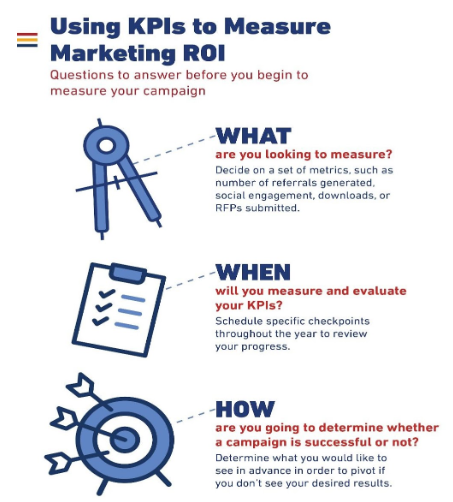
4 Strategies to Effectively Price Services
4 STRATEGIES TO EFFECTIVELY PRICE SERVICES FOR SMALL BUSINESSES
How should I present my services to new clients?
There’s one thing I know for sure—trying to figure out how to price products and services is tough. You need to look at your competition, determine what the market will bear, and find that sweet spot where you can still charge premium prices and feel valued.
I know I’ve wracked my brain on this topic, and so have dozens of my clients! I’ve learned that packaging your services around the value you bring rather than time is directly related to greater profits and revenue.
So, how do you “package your value”?
Here are four effective strategies to help you do just that:
1. Turn Your Services into a Product
This is another way of saying, “Turn intangibles into tangibles.” Make your services “on the shelf” ready to be picked up and purchased just like a product. Too often, service-based businesses fall into the trap of itemizing what they provide. Instead, package your services in a way that makes them tangible and easy to understand.
2. Break Each Stage of Your Service into Deliverables
Give each step a branded name with perceived value. This approach not only clarifies what clients are getting at each stage but also makes it easier for them to understand the benefits and results of your service. By breaking down your service into a series of deliverables, you create a clear path your clients can follow, which builds trust and confidence in your offerings.
3. Start Using Price Anchoring
Price anchoring gives people a frame of reference for valuing your product. Show the full price next to the discounted price, and stack three “versions” of your product side by side (with a value for each and what’s included). This strategy will guide customers to choose the product you want them to choose. Price anchoring helps customers see the relative value of your offerings and makes it easier for them to make a decision.
4. Create Different Price Packages
Value package your products and services for different budgets and offer your clients options. Providing a low-cost version of your product and then ranging to a more comprehensive package will help you avoid giving away your time for free.
A value package allows you to cater to different segments of your market, providing a range of options that suit various budgets and needs. This not only increases your potential customer base but also encourages upselling your services to higher-tier packages.
Final Thoughts
Once you’ve created these packages, remember to showcase them prominently. Display them on your website, include them in emails, and feature them in your offer letters. Consistently highlighting your packages will ensure that potential clients are aware of the value you provide and the options available to them.
By implementing these strategies, you can package your services in a way that highlights their value, making it easier for clients to understand and appreciate what you offer. This, in turn, will help you command premium prices to grow your business.


















